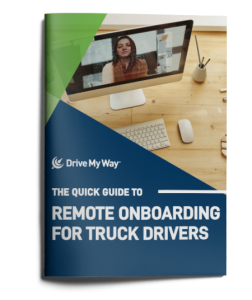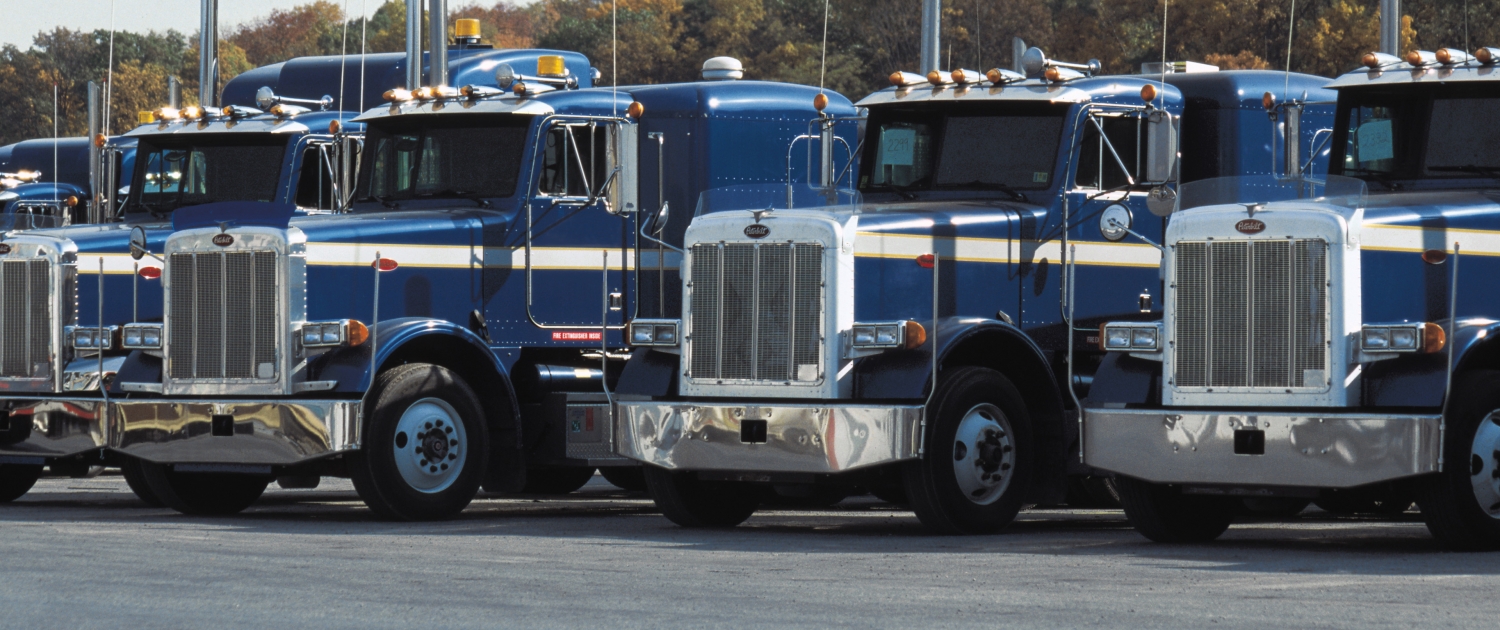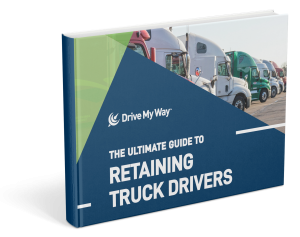
Your company’s brand is one of your biggest assets in attracting and recruiting great drivers. Or, if your brand is weak, it’s one of your biggest liabilities. Sometimes trucking recruiters are so focused on providing better benefits than the competition, that they forget that their own unique brand is something others can’t compete with. Each trucking carrier can position its brand to offer something valuable and attractive to the best drivers. Having a brand isn’t enough – you need to build brand awareness otherwise it will weaken, and other carriers will be more attractive. Here are some things you need to know about strengthening your brand awareness.
Remember the Driver Lead Funnel
When considering how to build you brand awareness, don’t forget the driver lead funnel. This tool helps you understand the different levels at which driver leads engage with your carrier.
The driver lead funnel starts with awareness, then leads to consideration, and finally to conversion.
Sometimes we forget that there are phases in the funnel before actual conversion! If recruiters focus entirely on conversion, they won’t pay enough attention to the previous steps in the funnel which actually lead to conversion. The risk is that leads aren’t properly cultivated and groomed toward conversion. Thus, they don’t engage with your company’s brand before they send an application for a job. Your company will just be one of several dozen which the lead is applying to. Don’t forget the top of the funnel- and that starts with awareness! If recruiters focus more on building brand awareness as the first step, then drivers will be more likely to consider, and then convert, to that carrier over others.
Create Brand Encounters
Okay, so building brand awareness is an important prelude to driver consideration and conversion. But what’s the best way to do that?! Consider that the average worker has at least 8 touch points of contact with a company before they take an actionable step toward conversion. Those are 8 opportunities for you to connect with drivers and have them engage with your brand.
The best way to build brand awareness is to create opportunities for “encounters” with your brand.
In fact, you need to make sure that you’re creating more frequent or more memorable encounters than your competition. These encounters can be created by strategic and engaging content through your channels. Maybe the average driver encounters a Facebook post by you, then reads a blog post from you. A month later, perhaps this driver follows you on Instagram and starts liking your content. The following month, this driver visits Glassdoor and researchers your company, clicks on a driver testimonial video, or asks your company a question on Facebook. Sooner or later, this driver will be looking for a new job. It’s only after all these encounters that this driver will be more likely to have your carrier at the top of their mind and convert to your fleet. You can use many channels to build brand encounters.
Ask yourself, “how many content touch points are we providing potential drivers today?”
Follow the Data and Trends
While the strategy of brand awareness is perennial, the tactics may change with time. The tactics really depend on the data that you have available on your company’s performance, and the trends which are popular at the moment. If you’re maintaining a strong marketing and recruiting operation, you’ll have data on key performance indicators like cost per hire, conversion rate, etc. While those two are metrics regarding conversion, don’t forget metrics for awareness and consideration! Key performance indicators for those phases include how many impressions or clicks you received, the click-through-rate, session time, bounce rate, etc. These data can help you answer questions like which social media channels to use for brand awareness, what types of content is more popular, and what time of day you should post.
Don’t forget some trends that can also inform your brand awareness. For example, 85% of social media traffic is mobile. Additionally, 72% of drivers say that they use a mobile device to fill out a full job application. This tells you that you really need to optimize your mobile interface to make it more user friendly! If not, you’ll see higher rates of application abandonment. Similarly, the data and trends tell us that video is still content king.
If your carrier releases video content for engagement purposes, it will be more successful that photos or text.
Another popular option is user-generated content. This will draw more traffic since truck drivers are incredibly interested to read or see what other truck drivers have to say. Use these insights from data and trends to strengthen your brand awareness!

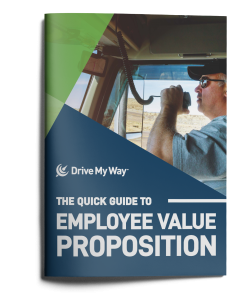


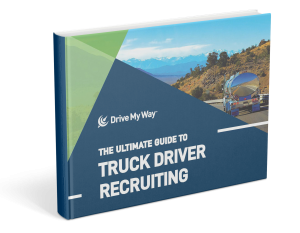




 What are your lead contacting best practices? How quickly are they being contacted? Once a lead comes in,
What are your lead contacting best practices? How quickly are they being contacted? Once a lead comes in, 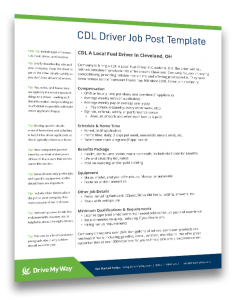


 Knowing how and when to use technology depends on a good understanding of its strengths and weaknesses. You’ll soon recognize that these usually complement human strengths and weaknesses. For example, one of the weaknesses of human effort is a limited capacity. You only have a limited number of recruiters, limited budgets, or limited time.
Knowing how and when to use technology depends on a good understanding of its strengths and weaknesses. You’ll soon recognize that these usually complement human strengths and weaknesses. For example, one of the weaknesses of human effort is a limited capacity. You only have a limited number of recruiters, limited budgets, or limited time.

